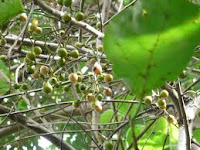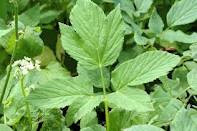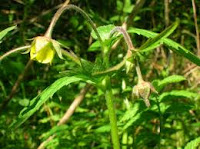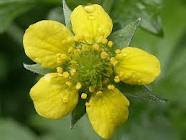The fragrant manjack is also known as the Bird Lime tree, the Indian cherry, the clammy cherry and the soap berry tree although it should not be confused with reetha the soap nut tree. It is a member of the borage or Boraginaceae family, and as such is related to viper’s bugloss and the alkanets as well as to borage.
It is native to tropical and sub-tropical parts of the world which include India Pakistan Nepal Myanmar Nepal China island of Formosa Australia Philippines Polynesia .
The tree has yellowy-white or white flowers and these are followed by yellow-white or yellow-pink fruit which has only a little pulp and a hard seed-containing kernel.(This is called Lasora in Pakistan.) It is cultivated for its fruit in areas where it is native, and the unripe fruit is pickled and used for animal food, as are the leaves. The seeds and kernel contain fatty oils and proteins so have potential use as cattle fodder. The wood from the tree is used for agricultural implements and for firewood.
 Cordia dichotoma was named in honour of the 16th century German botanist, Valerius Cordus and it has its other appellation dichotoma because its divisions are always in pairs.
Cordia dichotoma was named in honour of the 16th century German botanist, Valerius Cordus and it has its other appellation dichotoma because its divisions are always in pairs. The fresh fruit is used in traditional medicine for its laxative properties, and for chest complaints, while dried it is an expectorant and clears nasal and bronchial congestion. The kernels when mixed with oil are applied on affected areas to get rid of ringworm.
 When the fresh bark is moistened in a little water it is applied to boils and tumours and also the bark is used internally for headaches and stomach aches. A decoction of the bark is said to aid digestion and clear up digestive problems. It contains tannin so is also used for diarrhoea and dysentery and during fevers. The powdered bark is put on mouth ulcers and an infusion made with it is used as a gargle for sore throats. The sap from the bark is mixed with coconut milk for colic, while the fresh fruit is also used for gonorrhoea.
When the fresh bark is moistened in a little water it is applied to boils and tumours and also the bark is used internally for headaches and stomach aches. A decoction of the bark is said to aid digestion and clear up digestive problems. It contains tannin so is also used for diarrhoea and dysentery and during fevers. The powdered bark is put on mouth ulcers and an infusion made with it is used as a gargle for sore throats. The sap from the bark is mixed with coconut milk for colic, while the fresh fruit is also used for gonorrhoea. The seeds have anti-inflammatory properties and both these and the seed kernel are also used in traditional medicine. The tree is used as an immuno-modulator, for diabetes, to protect and heal the liver and as a diuretic. In Ayurveda the leaves and stem bark are used to treat dyspepsia, fever, diarrhoea and leprosy. The leaves are used for hepatitis and for asthma in children.
In Myanmar
It has been found that the leaves and seeds have antioxidant properties with the leaves being more powerful than the seeds in this regard. Reena Singh et al. International Journal of Pharmaceutical Sciences Review and Research Vol. 2 (1) article 006, May-June 2010, “Role of Cordia dichotoma seeds and leaves extract in degenerative disorders” conclude; -
 “…it is suggested that Cordia dichotoma could be a potential source of natural antioxidants that could have great importance as a therapeutic agent in preventing or slowing down the progress of ageing and age associated oxidative stress related degenerative disorder.”
“…it is suggested that Cordia dichotoma could be a potential source of natural antioxidants that could have great importance as a therapeutic agent in preventing or slowing down the progress of ageing and age associated oxidative stress related degenerative disorder.” However they point out that more research is needed.
In another study published in August 2011, Ganjara, A.B. et al. Pharmaceutical Biology Vol 49 (8) pp 850-855, “Use of Cordia dichotoma bark in the treatment of ulcerative colitis” state that their study supports the traditional usage of Cordia dichotoma for ulcerative colitis.











































